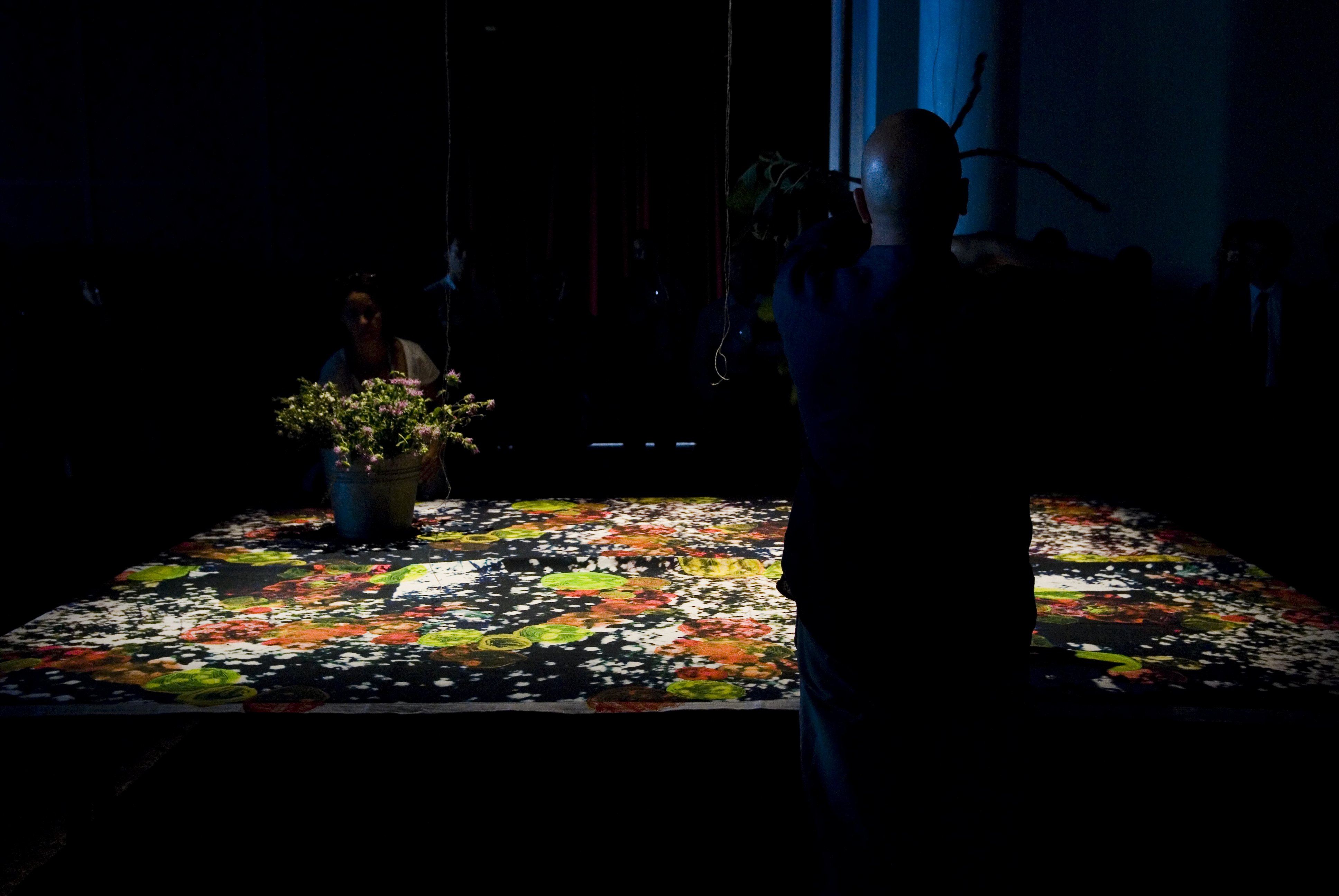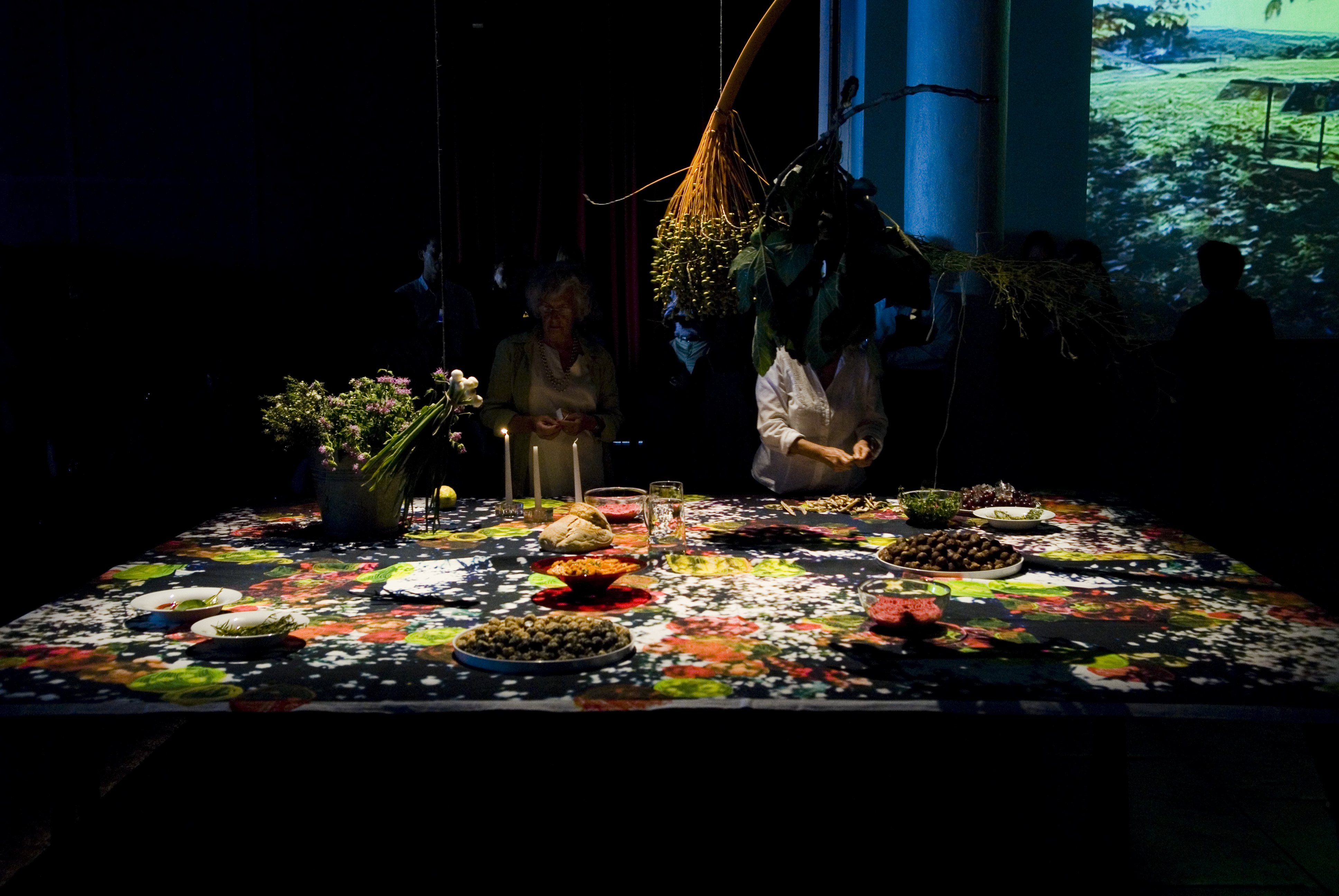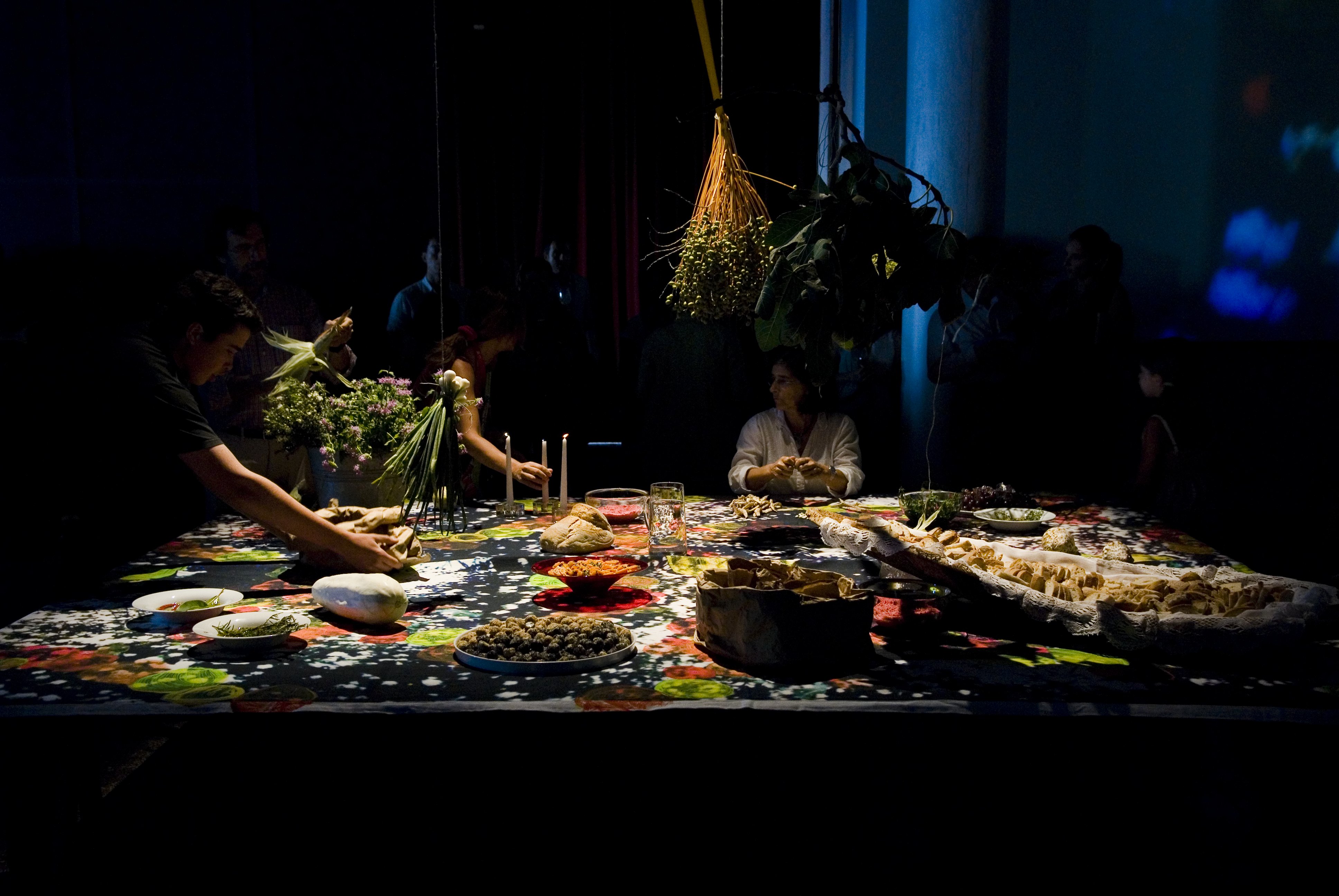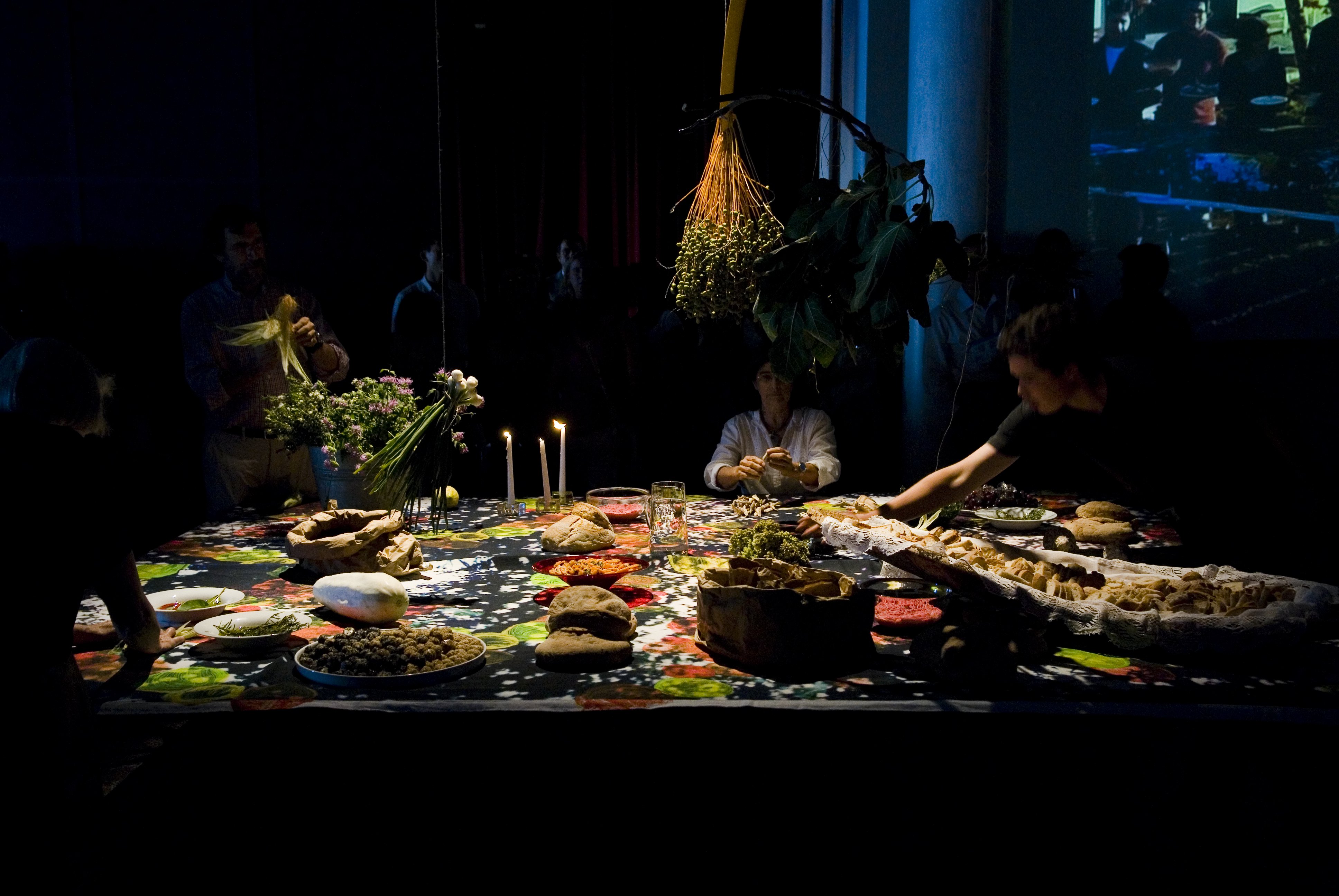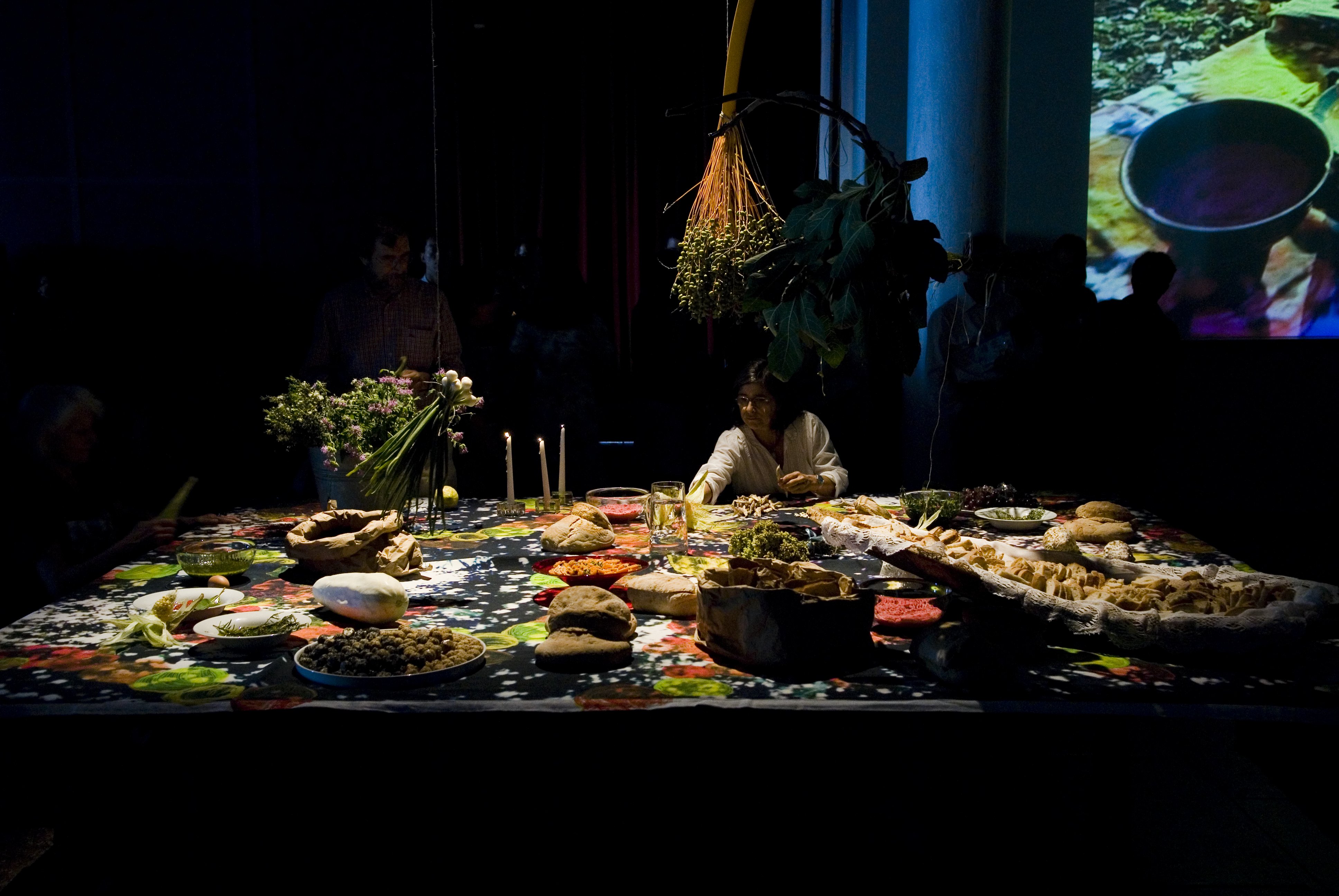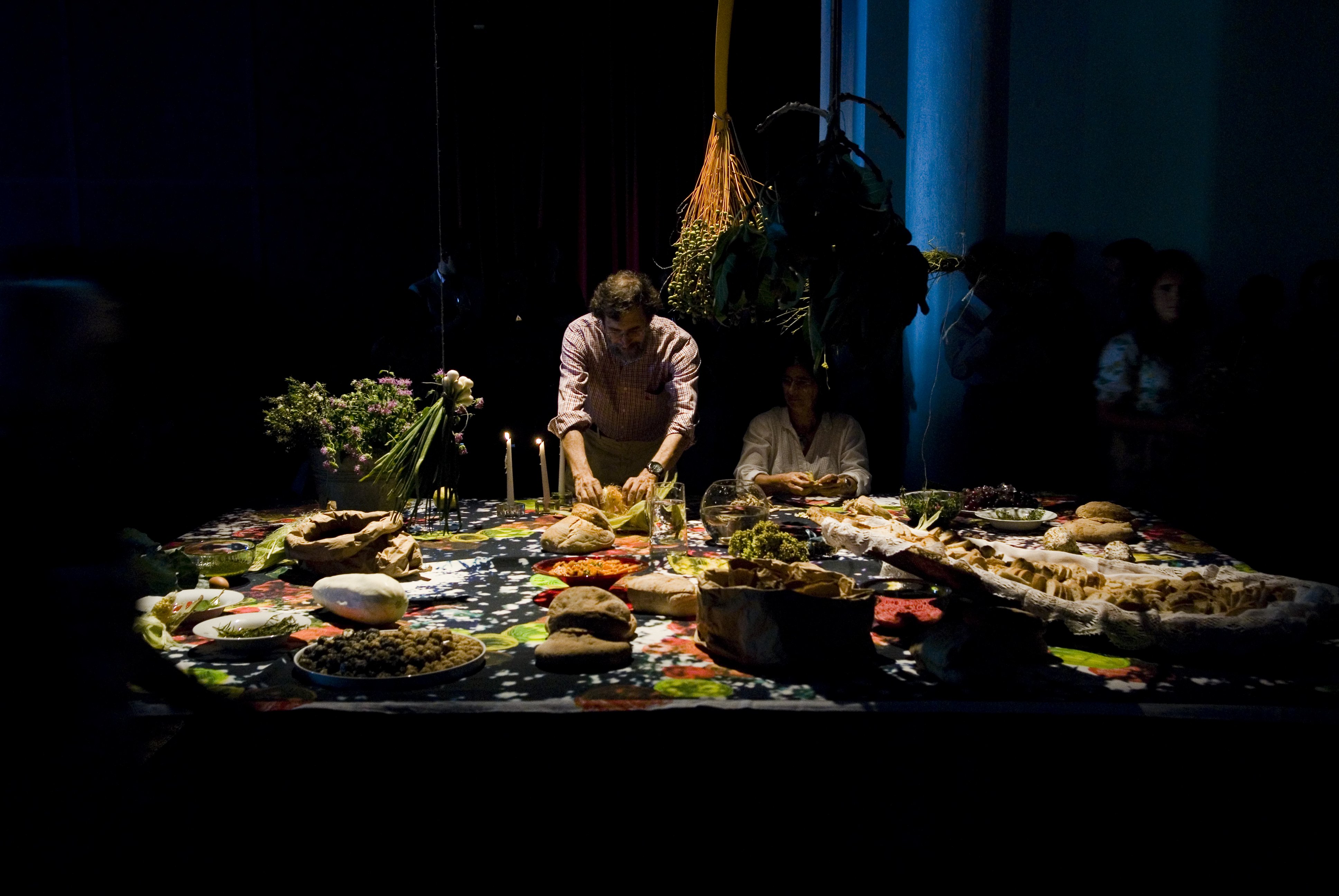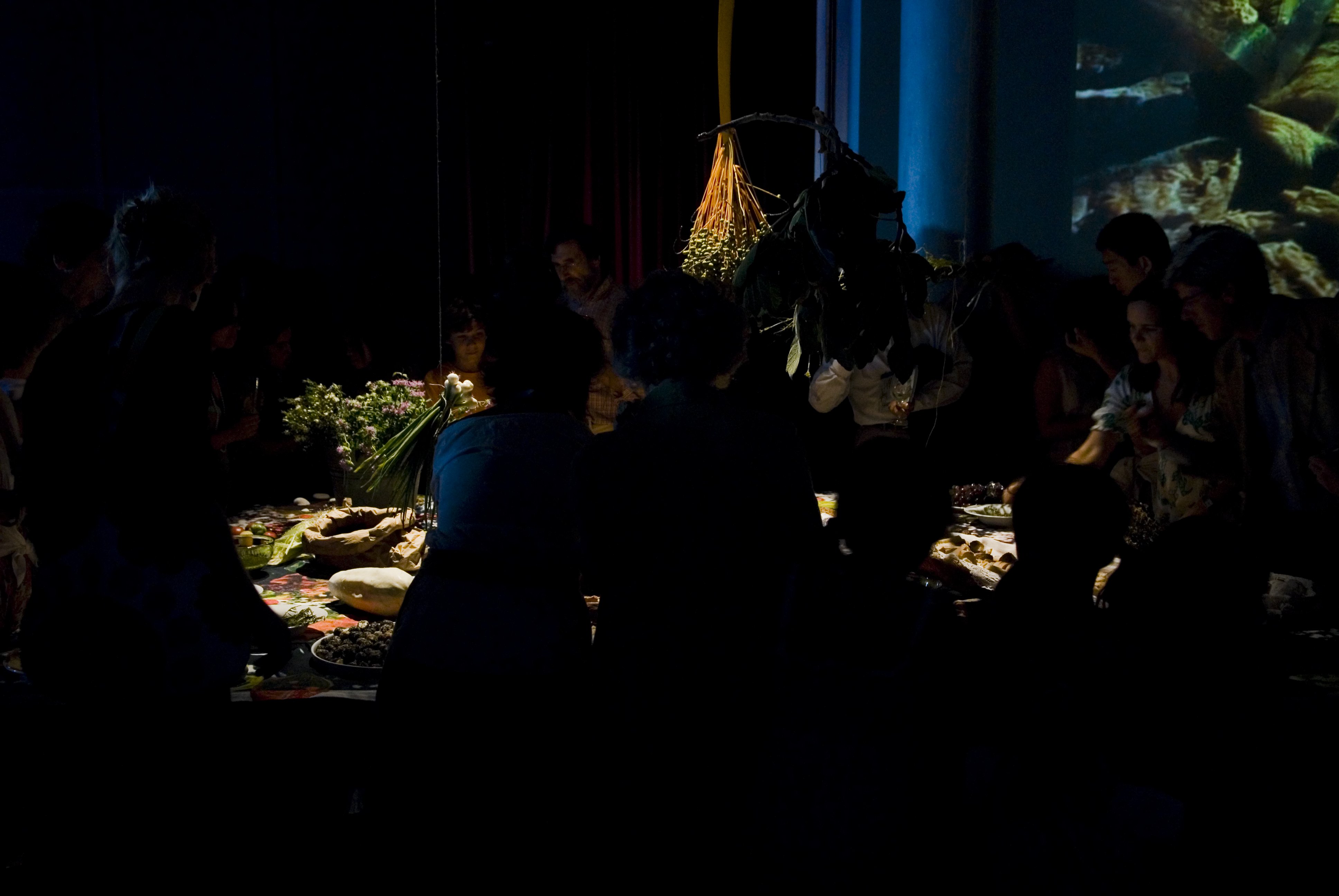Imagem e olhar, objecto e imaginação: é através desta deflexão, deste movimento duplo, que a arte-uso de Wengorovius faz incidir simultaneamente a nossa atenção e o nosso interesse sobre ambos, o objecto olhado e o nosso olhar. A atenção que prestamos, ao que prestamos a nossa atenção, e como prestamos atenção, não podem ser separados uns dos outros na arte-uso de Wengorovius.
— Suhail Malik, in Revolution in Use, 2009
Image and regard, object and imagination: by this deflection or double movement, w/’s use-art pivots our attention and interest on both object and our looking at once. The attention we pay, what we pay it to, and how we do so cannot be separated from one another in Wengorovius’s use-art.
— Suhail Malik, in Revolution in Use, 2009
One of the genres in Western art that has been autonomous and traditional since the late 16th century is called in Portugal Natureza Morta (literally Dead Nature) – which the Spanish called Bodegones and the English Still Life, with different resonances. This designation is indicative of a moral preoccupation and demonstrates a reflection about the evanescence of life: the certainty that everything passes away, such as the fulgurant beauty of the fruits and flowers on the table – frequently accompanied by candles, sand-glasses or skulls. In Marta Wengorovius’s performance which will take place in Óbidos, the table prepared by the artist will not forget the ephemeral nature of life, but the focus will be on the possibility of suspending time through the attention given to common gestures and everyday products. She brings attention to the forgotten daily gesture of setting the table, to the food, its preparation and consumption, and to the commensals – those who share bread and create community. In this movement-enveloping, she turns the viewer into a participating actor, making him/her part of the work itself, letting him/her – literally – feed on it. She shares a ritual, a liturgy of a feast, a meal. A celebration of life around a table.
The foods on the table become objects of curiosity: we look at the bread, olive oil, water, fig, plum, as if for the first time, and we notice how exceptional they are. Not unlike the uncommon objects collected in the Cabinets of curiosities.
What happens when, as happens in Marta Wengorovius’s Still Life, instead of space, art is embodied in the experience of a timeframe? What happens when that unrepeatable timeframe becomes the exhibition – a visible and liveable experience? Where does that time come from? Maybe that is the point of departure of Still Life (July): to touch the time represented in the painting. To give that time the possibility to exit the painting of a still life and exist amongst us. And to give us the possibility to experience that time, the time that belongs to the construction of the painting.
Still Life (July), with the participation of Ana Pimentel, Alexandre Coelho, Alfredo Cunhal (Herdade do Freixo do Meio), Filipe Nogueira, Francisco Figueira, Francisca do Vale, Manuel Braz Teixeira, Mónica Coelho, Maria José (Poial), Rosário Magalhães, João Wengorovius…).
- + PT
-
Imagem e olhar, objecto e imaginação: é através desta deflexão, deste movimento duplo, que a arte-uso de Wengorovius faz incidir simultaneamente a nossa atenção e o nosso interesse sobre ambos, o objecto olhado e o nosso olhar. A atenção que prestamos, ao que prestamos a nossa atenção, e como prestamos atenção, não podem ser separados uns dos outros na arte-uso de Wengorovius.
— Suhail Malik, in Revolution in Use, 2009 - + EN
-
Image and regard, object and imagination: by this deflection or double movement, w/’s use-art pivots our attention and interest on both object and our looking at once. The attention we pay, what we pay it to, and how we do so cannot be separated from one another in Wengorovius’s use-art.
— Suhail Malik, in Revolution in Use, 2009One of the genres in Western art that has been autonomous and traditional since the late 16th century is called in Portugal Natureza Morta (literally Dead Nature) – which the Spanish called Bodegones and the English Still Life, with different resonances. This designation is indicative of a moral preoccupation and demonstrates a reflection about the evanescence of life: the certainty that everything passes away, such as the fulgurant beauty of the fruits and flowers on the table – frequently accompanied by candles, sand-glasses or skulls. In Marta Wengorovius’s performance which will take place in Óbidos, the table prepared by the artist will not forget the ephemeral nature of life, but the focus will be on the possibility of suspending time through the attention given to common gestures and everyday products. She brings attention to the forgotten daily gesture of setting the table, to the food, its preparation and consumption, and to the commensals – those who share bread and create community. In this movement-enveloping, she turns the viewer into a participating actor, making him/her part of the work itself, letting him/her – literally – feed on it. She shares a ritual, a liturgy of a feast, a meal. A celebration of life around a table.
The foods on the table become objects of curiosity: we look at the bread, olive oil, water, fig, plum, as if for the first time, and we notice how exceptional they are. Not unlike the uncommon objects collected in the Cabinets of curiosities.
What happens when, as happens in Marta Wengorovius’s Still Life, instead of space, art is embodied in the experience of a timeframe? What happens when that unrepeatable timeframe becomes the exhibition – a visible and liveable experience? Where does that time come from? Maybe that is the point of departure of Still Life (July): to touch the time represented in the painting. To give that time the possibility to exit the painting of a still life and exist amongst us. And to give us the possibility to experience that time, the time that belongs to the construction of the painting.
Still Life (July), with the participation of Ana Pimentel, Alexandre Coelho, Alfredo Cunhal (Herdade do Freixo do Meio), Filipe Nogueira, Francisco Figueira, Francisca do Vale, Manuel Braz Teixeira, Mónica Coelho, Maria José (Poial), Rosário Magalhães, João Wengorovius…).







